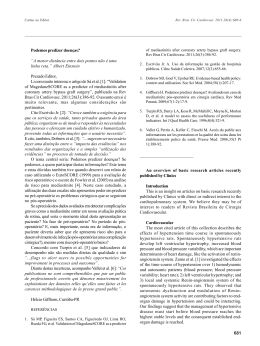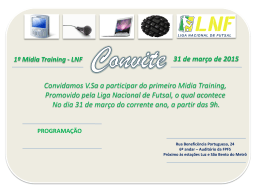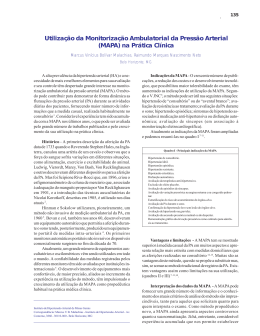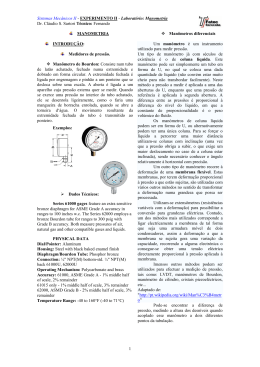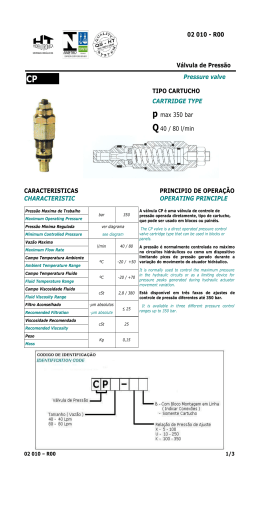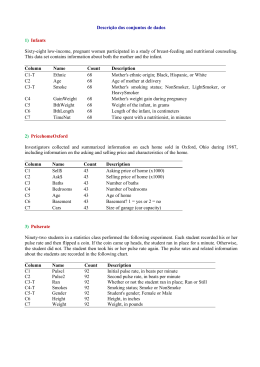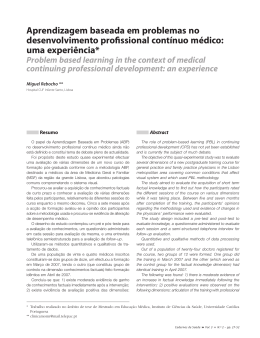Wilson Dozza Moreira Orientador: Flávio Danni Fuchs Prof. César A R Costa ((UFRGS) - Prof. Cláudio Gil Soares Araujo (UFRJ) - Prof. Rubem Rodrigues (FUC) Data: 22/03/1994 Avaliação do Efeito Anti-Hipertensivo do Condicionamento Físico: Resultados de um Estudo Randomizado, Controlado por Diferente Carga de Trabalho e com Monitorização Ambulatorial de 24 Horas Os trabalhos que avaliam a eficácia anti-hipertensiva da atividade aeróbia têm, em geral, importantes falhas metodológicas que obscurecem seus resultados. Neste ensaio clínico randomizado para avaliar o efeito antihipertensivo da atividade física aeróbia, foram constituídos dois grupos experimentais equiparados (13 homens e 15 mulheres), com idade média de 49,7 ± 10,1 anos e pressão diastólica média de 24 horas de 92,7 ± 8,1 mmHg. Ambos os grupos submeteram-se ao mesmo tipo de atividade e rituais experimentais, descartando-se a ocorrência de co-intervenção. Exercitaram-se 3 vezes por semana durante 10 semanas em ciclo-ergomêtros sob supervisão direta. Diferiram na carga de trabalho: 60%, grupo I, e 20% da carga máxima, grupo II, P < 0,001. A ingestão calórica e de cloreto de sódio manteve-se constante. As pressões sistólicas pré-experimento nos grupos I e II (média de 24 horas) foram, respectivamente, 144,4 ± 13,3 e 137,2 ± 14,9. As finais foram 138,6 ± 12,9 e 135,2 ± 12,7 (MANOVA: Grupo: F = 0,57, P = 0,64; Tempo:F = 7,64, P < 0,001; Interação: F = 0,68, P = 0,57). Os valores diastólicos correspondentes foram 93,3 ± 5,8 e 92,1 ± 10,0 antes e 90,6 ± 6,8 e 89,3 ± 7,7 após o experimento (MANOVA: Grupo: F = 0,74, P = 0,54; Tempo: F = 8,99, P < 0,001; Interação: F = 0,64, P = 0,60). À noite, a pressão arterial foi similar. Ambos os grupos apresentaram discreta melhora da capacidade funcional. Desconsiderando-se os grupos experimentais, não se observou associação entre a melhora do condicionamento e a redução da pressão arterial. A monitorização ambulatorial da pressão arterial, antes e após o treinamento, permitiu a aferição cega dos níveis pressóricos. Tais resultados se contrapõem, vigorosamente, à idéia de que exercício nessas intensidades, por 10 semanas, tenha efeito anti-hipertensivo. Summary THE EFFECTS OF TWO AEROBIC TRAINING INTENSITIES ON AMBULATORY BLOOD PRESSURE IN HYPERTENSIVES PATIENTS: RESULTS OF A RANDOMIZED TRIAL The studies that evaluate the antihypertensive effectiveness of the aerobic training have presented, as a whole, significant methodological defects that overshadow its results. In this randomly clinical experiment to assess the effects of physical exercice training on blood pressure, there were constituted two compatible experimental groups (13 men and 15 women) with an average age of 49,7 ± 10,1 years and a mean diastolic ambulatory blood pressure of 92,7 ± 8,1 mmHg. All subjects underwent the same kind of activity and experimental rituals, leaving the co-intervention occurrence aside. The subjects exercised 3 times a week during 10 weeks in a stationary bike under direct supervision. They have differed in terms of workload: 58,5 ± 1,4%, group I, and 21,7 ± 5,2%, group II, of the subjects' initial maximum load, P < 0,001. All subjects were asked to maintain their caloric intake and make no changes in their diet, especially the sodium chloride content. The mean systolic ambulatory blood pressure prior to the experiment among the groups I and II were, respectively, 144,4 ± 13,3 and 137,2 ± 14,9. The final ones were 138,6 ± 12,9 and 135,2 ± 12,7 (MANOVA: Group: F = 0,57, P = 0,64; Time: F = 7,64, P < 0,001; Interaction: F = 0,68, P = 0,57). The correspondent diastolic figures were 93,3 ± 5,8 and 92,1 ± 10,0 before and 90,6 ± 6,8 e 89,3 ± 7,7 after the experiment (MANOVA: Group: F = 0,74, P = 0,54; Time: F = 8,99, P < 0,001; Interaction: F = 0,64, P = 0,60). At night the mean ambulatory blood pressure was similar. Both the groups showed a discreet increase in aerobic fitness. Leaving the experimental groups aside, we have noticed no association between the improvement in the conditioning and the reduction of the blood pressure. The ambulatory blood pressure monitoring, before and after the training, have allowed the blind blood pressure measurement. The results of this randomized clinical trial of exercice training provide, emphatically, little support for an antihypertensive effect of aerobic exercice training at this intensity, during 10 weeks.
Download
